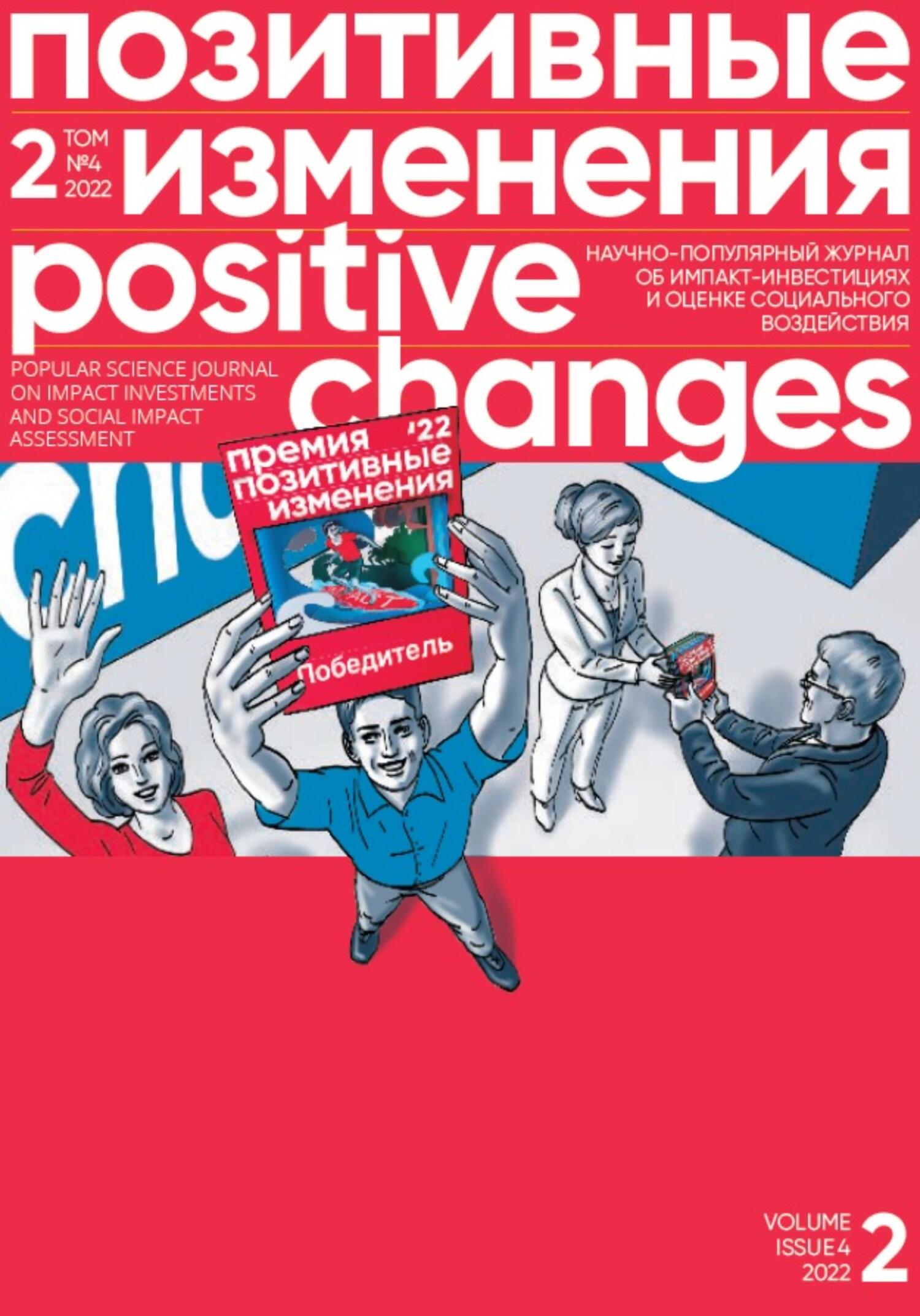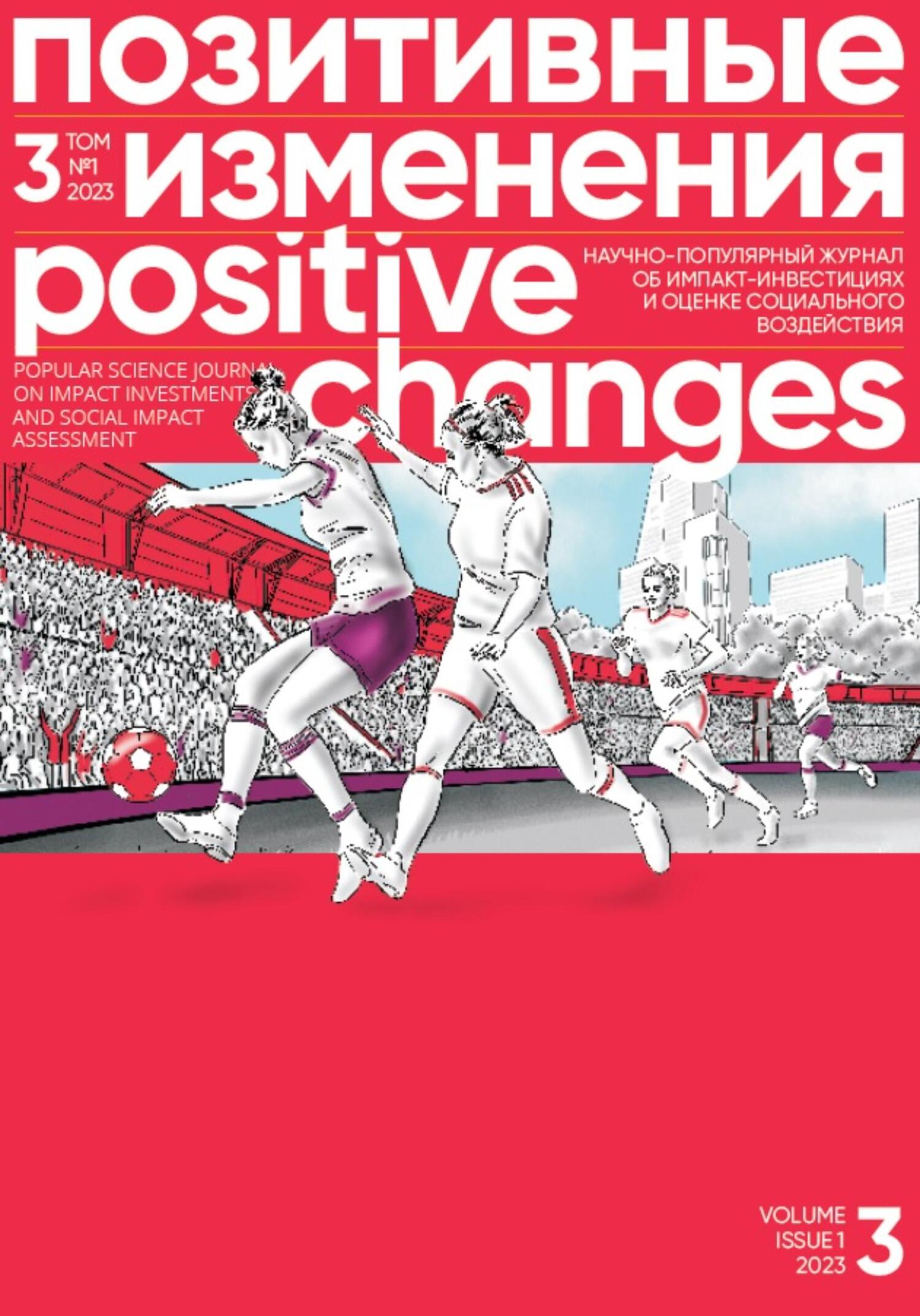Ознакомительная версия. Доступно 9 страниц из 45
of these were announced by private developers or partnerships. As part of these projects, the developer was to prepare urban planning documents, prepare the territory from the engineering point of view, to provide road infrastructure, and then build up on its own or invite other investors to build.
Identity research and development are becoming part and parcel of integrated territorial development. Urban identity is built on a sense of belonging to a place and an urban community.
According to the Presidential Decree "On the national development goals of the Russian Federation until 2030," it is necessary to ensure the annual commissioning of 120 million square meters of housing by 2030. What this housing will look like will determine the image of the Russian cities in the future. The Integrated Territorial Development Standard was developed by the Russian Ministry of Construction and DOM.RF together with Strelka KB by order of the Russian Prime Minister. The principles of the standard include[28]:
• Functional diversity. Developing districts with extensive street retail, combining residential, office and service functions;
• Compact and dense development. Takes into account the human scale through medium-rise buildings and plenty of open spaces;
• Health and Safety. Reduced traffic, high air quality and the ability to spend leisure time in public spaces all year round;
• Comfort of movement. A variety of routes and a balance between different types of travel, efficient public transport;
• Flexibility and autonomy. Variation in the use of buildings and land through structural planning solutions;
• Comfortable housing. A variety of layouts and types of living environments, along with high-quality common areas as an incentive for residents to jointly manage the house and surrounding territory.
Currently, more and more developers in Russia are moving away from the reproduction of Soviet-style precast-concrete neighborhoods. Developers are starting to use new urban planning approaches and standards, which meet the public’s modern demands and take into account changes in the social, political, economic, cultural and informational spheres. Increasingly often one can meet the desire to search for new, people-oriented pilot solutions and concepts, opposed to the vector of developing territories in the interests of production or administrative and economic logistics. It is important to consider the strengthening of agglomeration as an important concept of spatial planning in Russia. The legal status of agglomeration is rising, becoming more significant than the municipalities and regions and effectively starting to determine the development direction and format of their territories for the coming years.
THE CITY AS A COMMUNITY
LOCAL IDENTITY
As mentioned above, identity research and development are becoming part and parcel of integrated territorial development. A city is a function of identity that its inhabitants experience through a sense of belonging to a place. An urban place has its own boundaries and content, and its own ideas about the events that can take place within them. This identity is formed through the people’s social actions: from social contacts with their neighbors to the representation of the city’s cultural image (Nikolaeva, 2021).
Urban identity is built on a sense of belonging to a place and an urban community (Tweed & Sutherland, 2007). The city is not just physical, but also social space. Infrastructure produces a space for social action. The culture and identity of the city of today includes cross-generational responsibility, sustainable development and conscious consumption practices, as well as a separate focus on the temporal aspect of living (the infrastructure concept of the 15-minute city discussed above) (Nikolaeva, 2021).
FROM THE CITY TO THE COMMUNITY: THE ROLE OF THE THIRD PLACE
The city and urban communities can be understood differently depending on the observer’s viewpoint[29]. This can be a position in which the city is perceived as a place for the residents to earn money and where the resident has nothing but a home and a job. The future city then serves to minimize the time that individuals spend on something other than making money. A different logic states that the city should and can create an urban community as a space for communication, equality and cross-cultural connections. In this concept, the "third place" becomes the focal point of the city.
The city can create community opportunities through appropriate infrastructure. Ray Oldenburg, author of The Third Place, describes such infrastructure as a neutral area where the urban community can spend time together. According to the author, "third places" play an important role in the development of neighborhood relations: "Many, if not most, neighbors will never meet, let alone have a relationship, because they have no place for that." (Oldenburg, 2018).
The city is a concept of modernity; it is created by a separate urban class of inhabitants. This urban class did not immediately discover itself and the place where it would gather. The coffee houses were the first public spaces where middle class could gather to communicate. This communication is believed to be the basis for the emergence of the civil society in Europe, an autonomous cultural sphere within which innovations take place (Pincus, 1995).
A special kind of infrastructure for creating points of social activity — so-called "social infrastructure" — is becoming a separate subject of research in geography and urban planning (Latham & Layton, 2019). The modern view of libraries, neighborhood centers, public spaces, laundromats, cafes, and sports recreation grounds is that they not only perform their specific functions and produce added value, but also have a "socialization" effect.
The approach of social infrastructure developed primarily with the consideration and participation of the local residents and urban communities, is that the social life unfolds for the most part in physical space, which can be studied and designed to match the development strategy of each community.
COMMUNITY TO CITY: PARTICIPATORY PRACTICES IN URBAN DESIGN
One of the new norms of urban development is the principle of community involvement in the development of the area, starting with "participatory design." Back in 2016, Project Group 8, together with Strelka KB, published a brochure[30] on public engagement practices
Ознакомительная версия. Доступно 9 страниц из 45
























